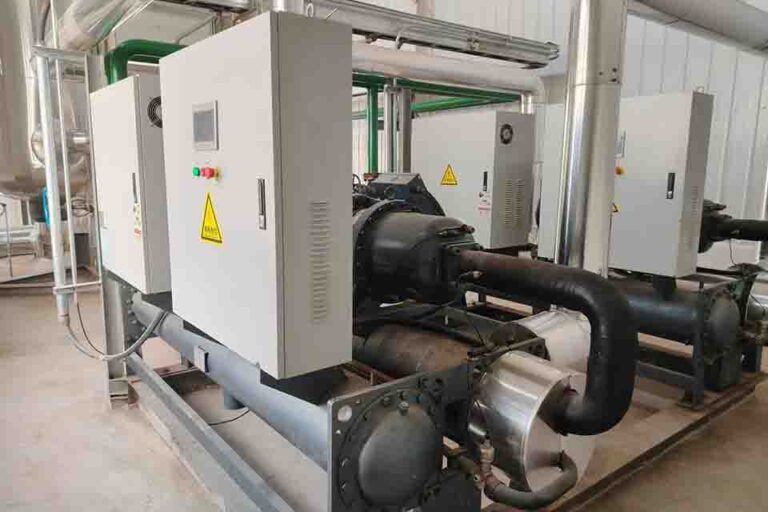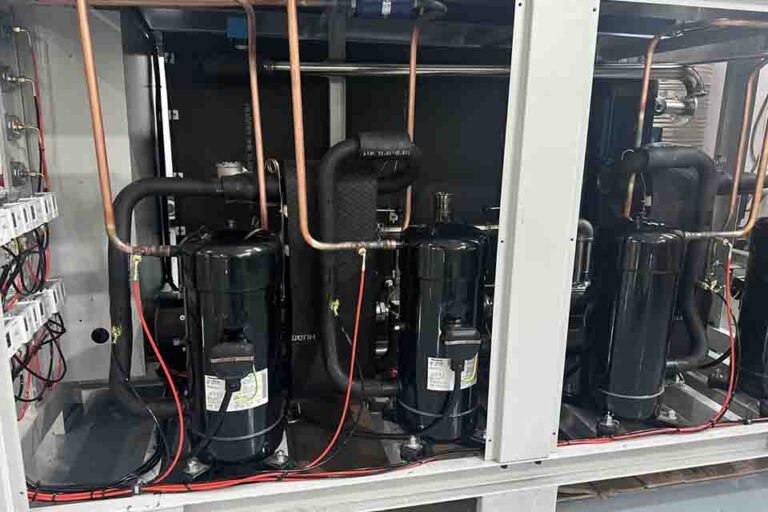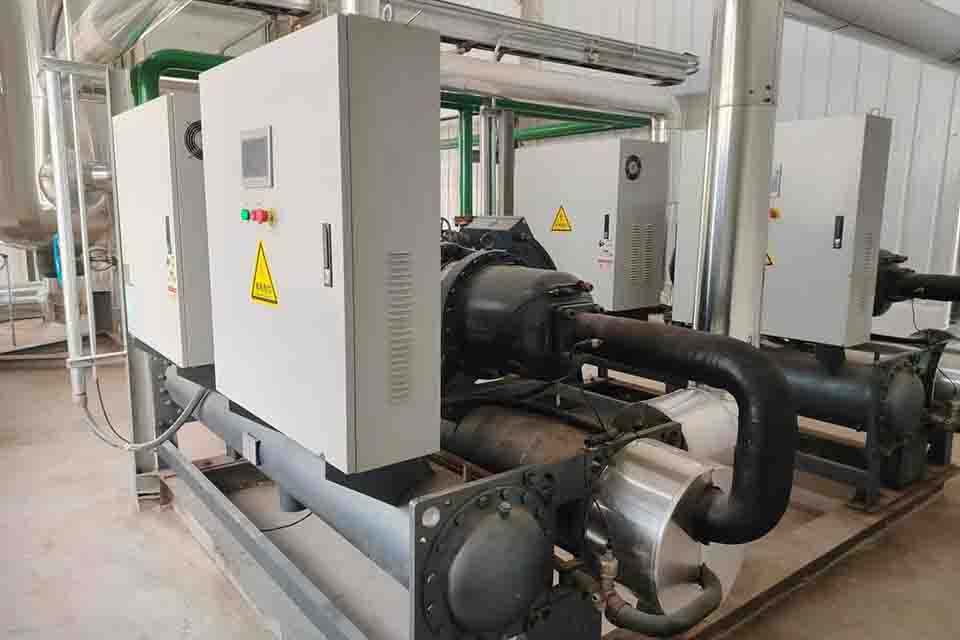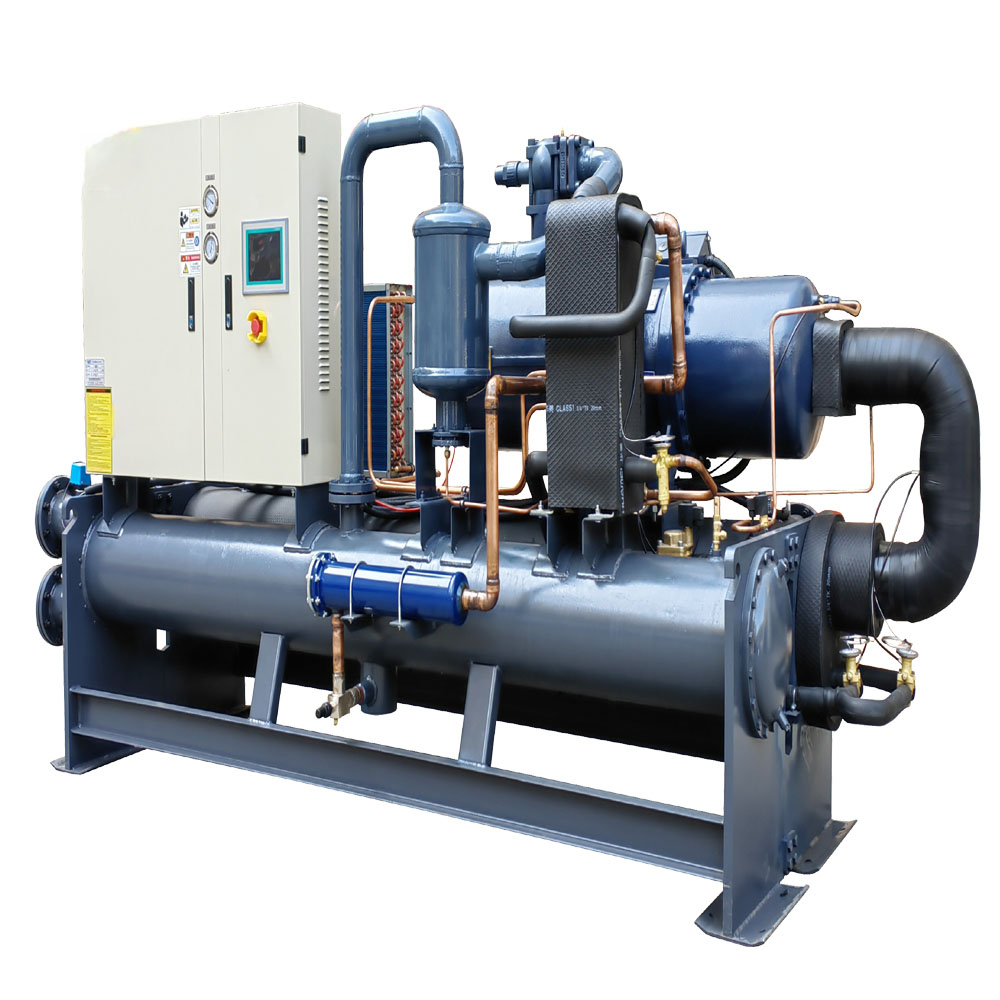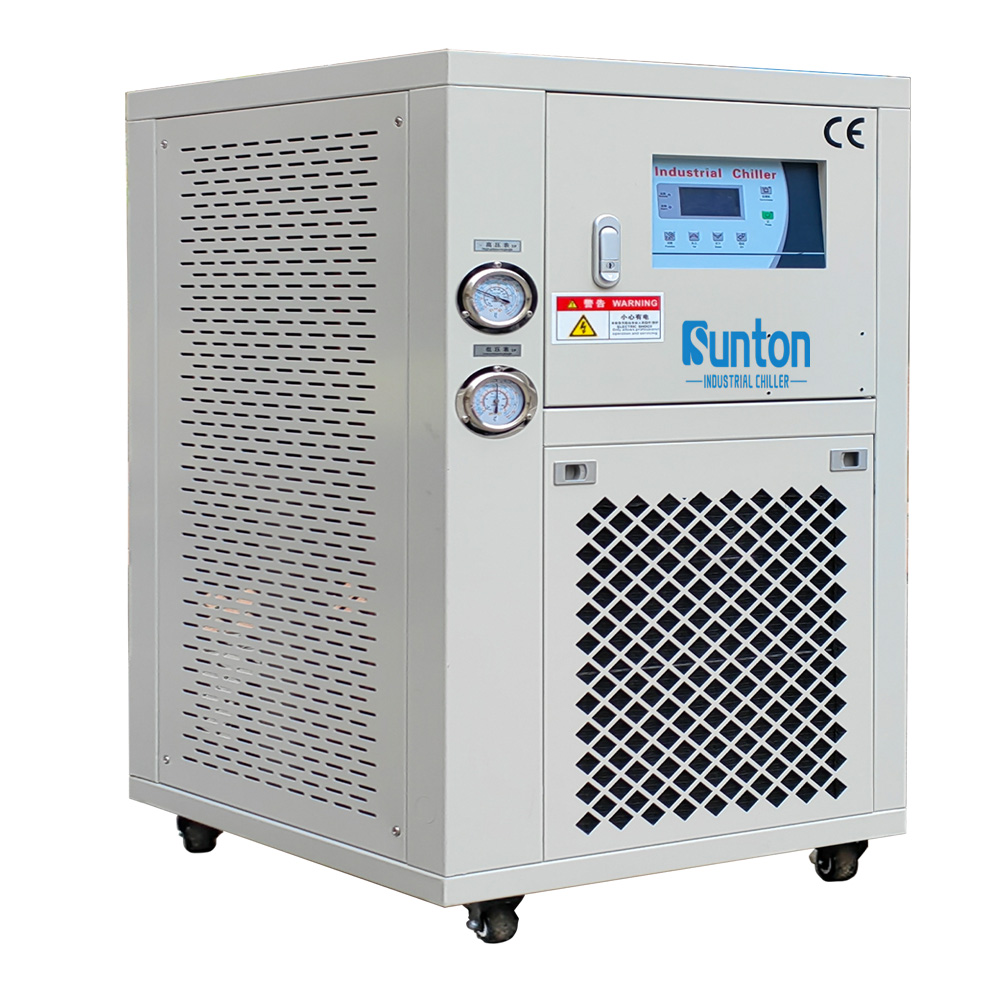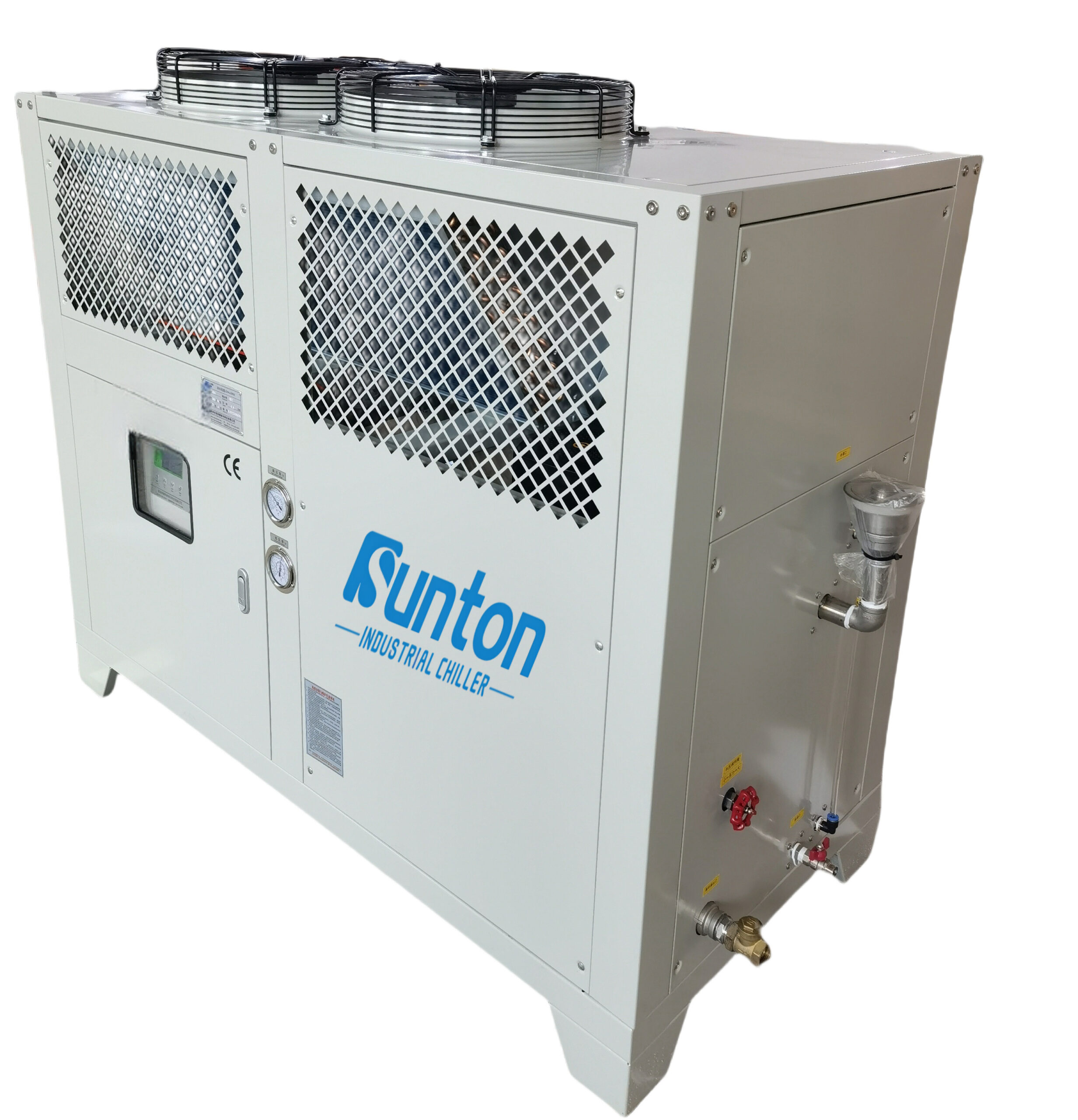-
Dalingshan Industrieel Guangdong
Optimizing Injection Mold Efficiency with Advanced Plastic Process Cooling Systems
Optimize Your Plastic Production: The Essential Role of Process Cooling Systems
Inhoudsopgave
This comprehensive guide delves into the world of proceskoeling for the plastics industry, explaining how vital it is for achieving superior product quality, efficiency, and cost savings Cooling technologies are essential. Whether you’re involved in plastic injection, extrusion, or other plastic process applications, understanding how to effectively cool your equipment and materials is paramount. We’ll explore different cooling systems, focusing on the importance of mold temperature is crucial for effective plastics process cooling control and how the cooling rate process impacts your final product. This is a must-read for anyone looking to optimize their plastic manufacturing. We will cover how koeling works, what solutions are available, and the benefits of selecting the right cooling system.
Why is Proper Cooling Crucial for the Plastics Industry?
Proper cooling is a cornerstone of the plastics industry, directly impacting product quality, cycle times, and overall operational efficiency. In processes like plastic injection molding, maintaining a precise temperature for process water cooling mold temperature is crucial to ensure the plastic solidifies correctly. Inadequate or inconsistent koeling leads to defects, dimensional inaccuracies, and longer production times.
De cooling process plays a vital role in the solidification of the plastic resin. When hot plastic is injected into a mold, it must be cooled to maintain the shape and dimensions of the final product. Without consistent and effective cooling, the plastic can warp, shrink, or develop imperfections. Therefore, an effective process cooling system is essential for achieving optimal results in the plastics manufacturing process.
Understanding the Importance of a Cooling System
A robust cooling system is more than just a convenience; it’s a critical component of any efficient plastics manufacturing process. The cooling system is not merely about lowering the temperature but also controlling the cooling rate process to ensure uniform solidification and prevent defects in the molded products.
A well-designed cooling system helps to maintain consistent operating temperatures across all processing machines, resulting in higher product quality, fewer rejects, and improved overall performance. Furthermore, such a system can significantly reduce cycle times, which leads to greater productivity. A robust system contributes to product consistency and reduces huishoudelijke kosten through higher production outputs and reduced energy consumption.
Different Types of Cooling Systems for the Plastics Industry
De plastics industry utilizes various cooling systems to address different cooling needs, each with unique characteristics and benefits. Understanding the different types will help you choose the best solution for your specific requirements.
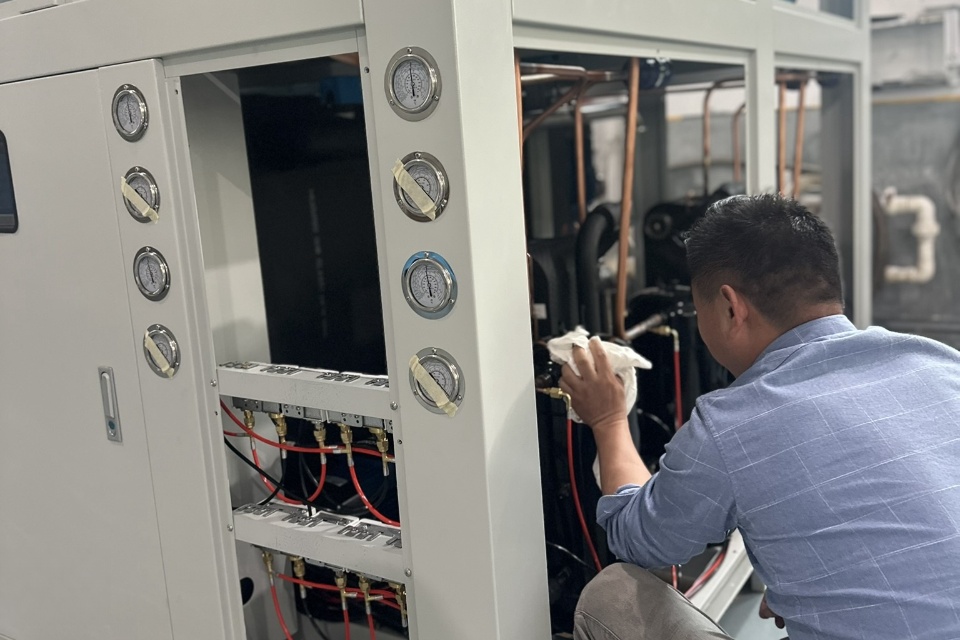
- Water Chillers: These systems use chilled water to absorb heat from the processing equipment. Water chillers are highly efficient and provide excellent temperature control of mold temperature is essential for efficient blow molding. They are particularly effective in high-heat, continuous applications, especially in plastics manufacturers.
- Cooling Towers: These systems use evaporative cooling to dissipate heat into the atmosphere. Cooling towers are vital components in chilling systems use the principle of evaporation to release heat energy, allowing them to cool water for use in industrial processes. This type of system works efficiently to provide cool water, but there is an amount of water loss due to evaporation.
- Air-Cooled Chillers: These systems dissipate heat into the ambient air using a compressor for enhanced cooling finned heat exchanger and are often simpler to install than watergekoeld systems, but they may not be as efficient in hotter climates. Luchtgekoelde koelmachines are effective in applications where space is limited or water use is restricted.
- Central Chillers: These koelmachines provide koeling for multiple chilling systems processing machines from a single cooling unit, and offer scalability and efficient resource management for larger facilities. Watergekoelde schroefcentrales are examples of this.
- Portable Chillers: These mobile koelmachines can be easily moved and connected to different equipment as needed, offering flexibility and convenience for smaller operations. We also offer portable chillers that are perfect for varied cooling needs.
Selecting the optimal cooling system depends on several factors, including the scale of your operation, the specific plastic processes involved, and local environmental conditions. Each type has its pros and cons, and the ideal system will align with your specific requirements.
The Role of Chillers in Plastic Injection Molding
In plastic injection molding, koelmachines are essential for maintaining the temperature of the mold is critical for solidifying the plastic. They remove the heat from the hot plastic and help to solidify it, ensuring the final product meets the required specifications and dimensions. Precise mold temperature control is paramount for consistent product quality, optimal cooling time and minimized defects.
Effective mold cooling leads to shorter injection molding cycle times, higher production rates, and reduced scrap rates. Inadequate cooling, on the other hand, can result in warped parts, poor surface finish, and increased production costs. Therefore, a reliable and efficient chiller is a critical investment for any plastic injection operation.
The Significance of Cooling Towers in Industrial Processes
Cooling towers are a key component in many industrial cooling systems, particularly when a large amount of heat needs to be dissipated, they operate by releasing heat through the evaporation of water, which is a natural and highly efficient method of heat removal. Different types of cooling towers are available depending on the requirements of your specific application.
Cooling towers are often paired with watergekoelde koelmachines to reduce water consumption and associated huishoudelijke kosten. The koeltoren takes the warmed process water from the chiller, cools it through evaporative cooling, and recirculates the cooler water back to the chiller. While koeltorens can help to reduce cycle, they can also be a source of water loss, so a careful analysis of your site’s cooling needs is needed to ensure this is the best cooling solution.
Importance of Temperature Control Units
Temperature control units (TCUs) are critical for maintaining the precise mold temperature in the injection molding process. TCUs work in tandem with koelmachines to control the temperature of the mold precisely by circulating either water or oil through the cooling channels in blow molding processes.
By maintaining precise mold temperature, TCUs enable consistency in the plastic injection process, resulting in higher-quality products and fewer defects. They ensure that the plastic material solidifies evenly and predictably, preventing warping, shrinkage, and other inconsistencies, and they offer consistent temperature control, contributing to higher production efficiency and reduced scrap rates.
Understanding the Process of Water Cooling
Water cooling is a widely used technique in industrial cooling systems, leveraging the superior warmteoverdracht capabilities of water. In a water cooling system, process water is pumped from the equipment, through a heat exchanger where it absorbs heat, and then cooled before being recirculated through a closed-circuit system.
De water absorbs heat efficiently in cooling technologies the process heat and is then sent to a koeltoren or a water-cooled chiller, where the heat is released to the atmosphere or to a koelmiddel circuit, making the use of water an effective way to cool processes. It’s a robust process that enables efficient plastics technology koeling and consistent water temperature control.
Different Methods of Heat Transfer in Cooling Systems
Heat transfer is a vital mechanism in industrial cooling systems. Understanding how this process works helps in optimizing system performance. There are three primary methods of warmteoverdracht used in industrial koeling:
- Conduction: Heat is transferred through direct contact between objects or fluids.
- Convection: a key principle in plastics process cooling Heat is transferred through the movement of fluids (liquids or gases).
- Radiation: Heat is transferred through electromagnetic waves.
Understanding how these methods of warmteoverdracht work is key to selecting the right types of equipment for your specific needs. For instance, cooling towers use the principle of evaporative cooling for warmteoverdracht, while koelmachines use a combination of conduction and convection.
Optimizing Cooling for Plastics Production
To achieve the best results in plastics production, optimizing your cooling process is essential. This includes selecting the right cooling equipment, ensuring proper installation and maintenance, and monitoring your system to ensure everything is running efficiently.
To ensure your cooling system is working optimally, you must consider the specific needs of your production line. This includes the specific type of plastic you are using, the volume of production, the ambient conditions, and the specific equipment being used. Effective planning and the selection of energy efficient equipment are crucial to creating the perfect conveying system for your facility’s cooling technologies.
FAQs About Cooling for Plastics Manufacturing
How do I choose the right size chiller for my injection molding machine?
To choose the right size chiller, calculate the amount of heat generated by your machine based on its tonnage and cycle time. Consult with a cooling equipment specialist to determine the right cooling capacity for your operation.
call us or email us for it .
What are the benefits of using a cooling tower instead of a chiller?
Cooling towers are often more energy-efficient than koelmachines, especially in large operations. They also reduce water consumption compared to systems that use watergekoelde koelmachines without koeltorens.
What maintenance is required for a process cooling system?
Maintenance typically includes regular cleaning of the koeltoren, monitoring water quality, checking koelmiddel levels, and inspecting the system for leaks or damage. Proper maintenance will extend the life of the cooling system and prevent operational problems.
What is free cooling and how does it work?
Free cooling leverages the ambient temperature to provide proceskoeling during cooler times of the year, reducing or eliminating the need for mechanical refrigeration, thereby decreasing energy consumption.
Key Takeaways: Essential Points About Process Cooling in Plastics
- Proper cooling is critical for achieving high-quality plastic products.
- Different cooling systems are available, including koelmachines, koeltorens, and combinations of both.
- Precise temperature control is crucial in injection molding en extrusion.
- Regular maintenance is essential for the cooling system’s efficiency and reliability.
- Optimizing your cooling system leads to greater efficiency, lower huishoudelijke kosten, and improved product quality.
We offer a complete range of process cooling systems, designed to meet a variety of applications in the plastics industry. Our solutions are built with an eye towards providing superior performance, longevity and energiebesparing. We welcome the opportunity to discuss your facility’s needs and offer a custom solution that is optimized for maximum performance. Please contact us to discuss your specific needs.

